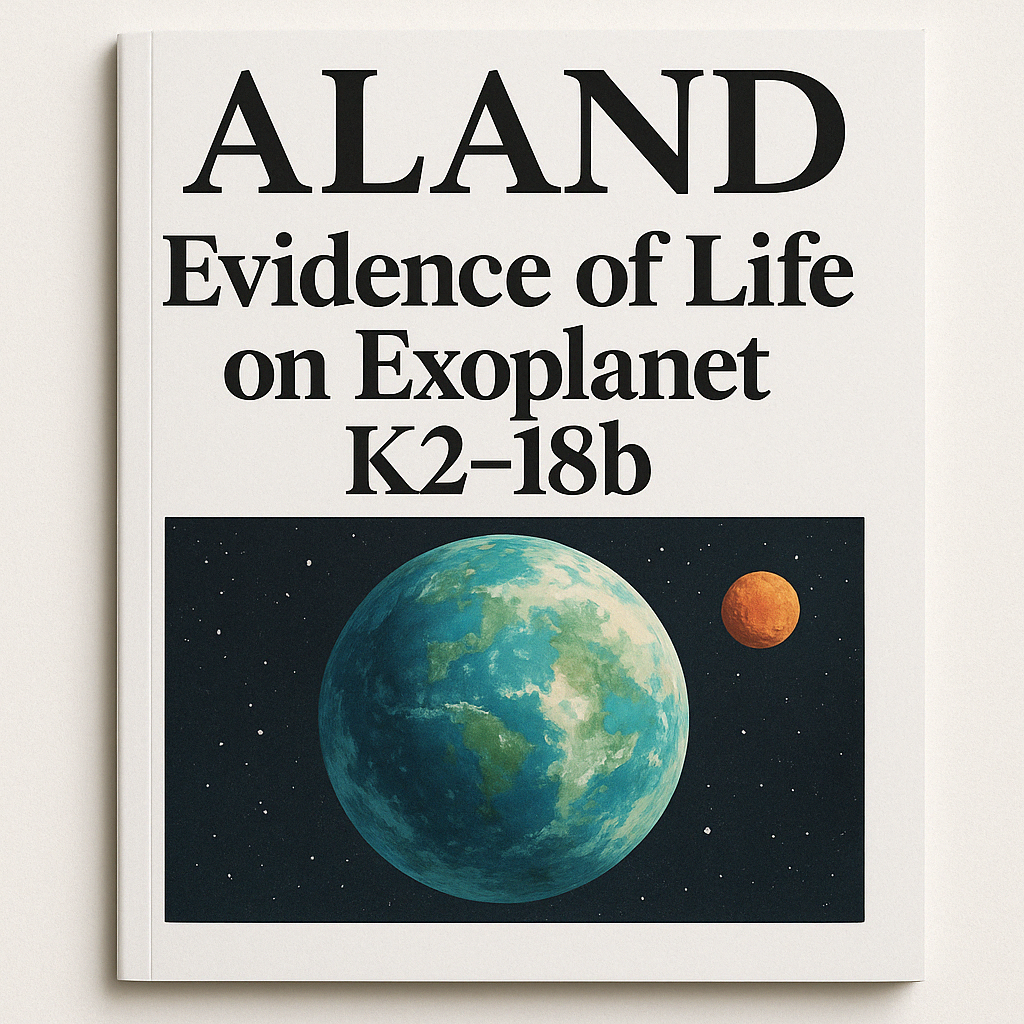James Webb Space Telescope Detects Potential Signs of Life on Exoplanet K2-18b
Published Date: 20th Apr, 2025
You can listen to the Spotify podcast on this topic
What Is K2-18b?
K2-18b is a "Hycean" planet—an ocean-covered world with a hydrogen-rich atmosphere. It is more than eight times the mass of Earth and resides within its star's habitable zone, where conditions may allow liquid water to exist on its surface. These characteristics make K2-18b a prime candidate in the quest to find life beyond our solar system.
The Discovery: Potential Biosignatures
Using JWST's advanced instruments, astronomers detected two chemical compounds in K2-18b's atmosphere: dimethyl sulfide (DMS) and dimethyl disulfide (DMDS). On Earth, these compounds are primarily produced by marine microorganisms, such as phytoplankton. Their presence in the atmosphere of K2-18b suggests the possibility of biological activity, although further research is needed to confirm this hypothesis.
Significance of the Findings
The detection of DMS and DMDS is considered the strongest potential biosignature found on an exoplanet to date. While these compounds can be produced through non-biological processes, their concentration and the specific conditions on K2-18b make a biological origin a plausible explanation. This discovery opens new avenues in the study of exoplanetary atmospheres and the potential for life beyond Earth.
Scientific Reactions and Future Research
Leading the research, Dr. Nikku Madhusudhan from the University of Cambridge emphasized the importance of these findings, stating that they represent the most compelling evidence yet of extraterrestrial life. However, he and other scientists caution that more observations are necessary to rule out alternative explanations and to confirm the biological origin of the detected compounds.
The scientific community is now focused on planning follow-up observations to gather more data and to refine models of K2-18b's atmosphere. These efforts aim to determine the exact nature of the detected compounds and to assess the planet's potential to support life.
Broader Implications
This discovery has profound implications for the field of astrobiology. It suggests that the conditions necessary for life—such as liquid water and a stable atmosphere—may be more common in the universe than previously thought. As technology advances, the detection of biosignatures on exoplanets will become increasingly feasible, bringing us closer to answering the age-old question: Are we alone in the universe?
The identification of potential biosignatures on K2-18b by the James Webb Space Telescope represents a monumental achievement in the search for extraterrestrial life. While definitive proof of life remains elusive, this discovery significantly enhances our understanding of the cosmos and the potential for life beyond our planet. As research continues, the mysteries of K2-18b may one day provide the answers to some of humanity's most profound questions.
Date: 20th Apr, 2025

